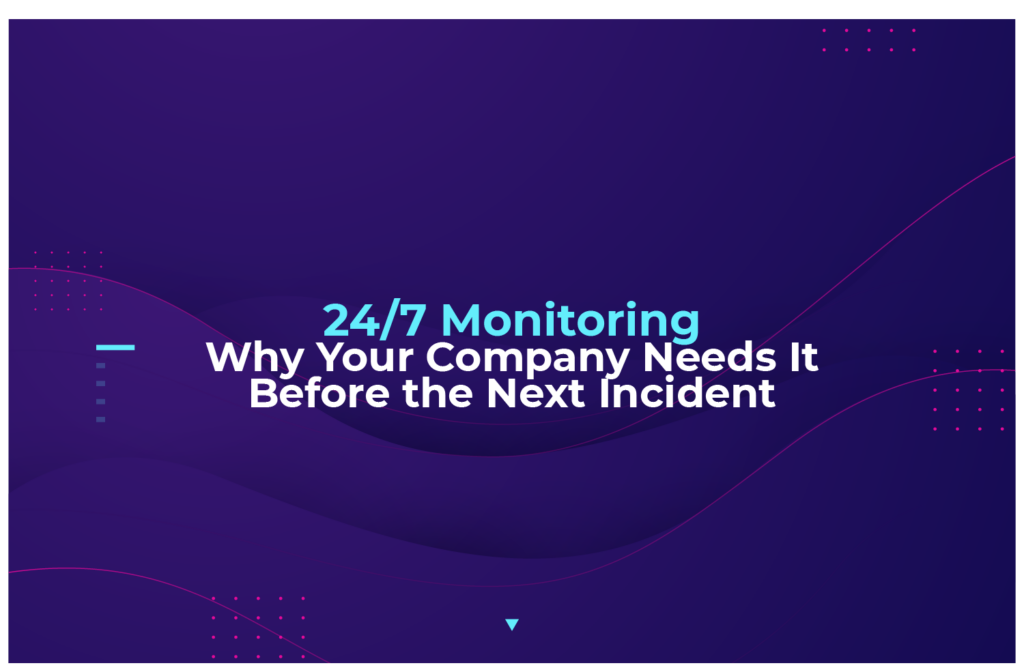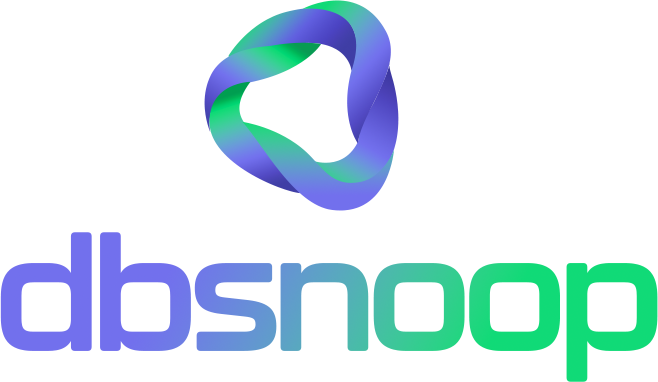

Many companies believe they have “24/7 monitoring.” In practice, what they have is a “24/7 alerting system,” and the difference between the two concepts is the abyssal gap between having a smoke detector and having an engineer inspect the electrical wiring to prevent a fire. The first, passive and reactive, informs you that your house is already on fire, ensuring a delayed response to the disaster. The second, active and predictive, prevents the disaster from happening.
In the digital world, where every minute of downtime translates into lost revenue, SLA violations, and erosion of customer trust, continuing to bet on a reactive strategy is not a precaution; it is a tacit acceptance that the next incident is inevitable and imminent.
True business continuity, the holy grail of reliability engineering, is not about how quickly you can recover from a failure; it’s about creating an ecosystem where critical failures are systematically predicted and prevented. It’s a fundamental mindset shift: from reacting to problems to predicting and mitigating risks.
And this shift is only possible when you replace traditional monitoring, with its inherent myopia, with predictive and continuous observability.
Why the Reactive Monitoring Model Will Always Fail
The classic monitoring model, based on colorful dashboards and threshold alerts, is fundamentally reactive and inadequate for the complexity of modern systems. It operates based on static, human-defined rules in a world of dynamic, ephemeral, and interconnected systems.
The Logical Trap of Static Thresholds
An alert for “CPU > 90% for 5 minutes” is the classic example of the fallacy of traditional monitoring. This alert, by its very definition, only triggers after the system is already under extreme stress and, most likely, impacting the end-user experience. It is a lagging indicator, a historian of the disaster. It doesn’t tell you why the CPU is high, it doesn’t differentiate between a legitimate load and a runaway process, and it certainly doesn’t warn you that a dangerous trend of query degradation has been building over the last three hours, setting the stage for the failure.
In cloud environments with auto-scaling, a CPU alert can be completely useless, as the symptom is masked by the addition of new resources, while the root cause—an inefficient query—continues to consume more and more money.
The Insufficiency of Dashboards
Dashboards are excellent for showing the “what” (the symptom), but they are terribly inadequate for explaining the “why” (the root cause). They can show high disk latency (iowait), but they cannot natively connect this symptom to the specific query, from application X, executed by user Y, that is performing a full table scan and causing the I/O overload. This lack of context is what turns every incident into a “war room.”
Development, infrastructure, and database teams gather, each looking at their own dashboards, starting a cycle of accusations and manual investigations that is slow, stressful, and inefficient.
The Human Cost: Alert Fatigue and the Trivialization of Risk
The inevitable consequence of this model is “alert fatigue.” Teams are bombarded with low-impact notifications and false positives, which psychologically conditions them to ignore the noise to survive. When the truly critical alert arrives, it runs the real risk of being lost amidst dozens of others, delaying the response precisely when it is most needed.
This vicious cycle not only increases resolution time but also causes deep and lasting damage to the team: burnout. The constant stress of being reactive leads to demotivation, a drop in work quality, and, finally, the loss of valuable talent.
The True Cost of an Incident
Calculating the cost of an incident solely by the revenue lost per hour is a dangerous accounting error that hides the deeper, more lasting, and often irreparable damage.
Direct and Immediate Costs:
- Loss of Transactional Revenue: The easiest metric to calculate. If your e-commerce or SaaS is down, you are not making money.
- SLA (Service Level Agreement) Penalties: In B2B contracts, violating an availability SLA (e.g., 99.9%) results in fines, discounts, or even contract termination.

Indirect and Silent Costs:
- Erosion of Trust and Brand Reputation: A customer who cannot complete a purchase or access a service not only fails to generate revenue at that moment; they may never come back. Trust, once broken, is exponentially more expensive to regain than the lost sale. In the world of social media, a single bad experience can be amplified and cause disproportionate reputational damage.
- Paralysis of Internal Productivity: An incident on the main database doesn’t just affect the end customer. It paralyzes the company. The sales team can’t access the CRM to log leads or close deals. The logistics team can’t process orders or check inventory in the WMS. Marketing can’t analyze campaigns or user behavior. The cost of idleness multiplies by the number of affected employees, turning an IT problem into an organization-wide problem.
- The Innovation Tax: Every hour your senior engineering team spends in a war room to resolve an incident is an hour they are not spending on developing new features, optimizing the architecture, or reducing technical debt. Incidents force your team to look at the past (what broke) instead of building the future. This invisible “tax” on innovation is what prevents many companies from evolving at the speed the market demands.
- Retention and Hiring Costs: The burnout caused by a reactive environment leads to talent turnover. Losing a senior engineer or DBA who holds deep knowledge of the system is a massive loss. The costs to recruit, hire, and train a replacement can easily exceed the cost of a year of an observability platform.
The Necessary Evolution: From Alert to Prevention with dbsnOOp’s Autonomous DBA
Predictive 24/7 observability is the answer to breaking the reactive cycle and treating the cause, not just the symptom. The Autonomous DBA from dbsnOOp is not an improved monitoring tool; it is an intelligence platform that operates with a different goal: to prevent the incident before it occurs.
Step 1: Learning “Normal” with AI-Powered Baselines
The foundation of prevention is to deeply understand what is normal and healthy behavior for your system, in all its complexity. dbsnOOp uses machine learning to build a dynamic, high-fidelity baseline for hundreds of metrics, going far beyond simple averages.
- Context Sensitivity: The platform understands that the “normal” of a Tuesday at 10 a.m. is drastically different from the normal of a Sunday at 3 a.m. It learns the seasonal patterns of your business, such as Black Friday peaks, the workload of month-end closing processes, and the behavior of weekend backup routines.
- Detection of Subtle and Predictive Anomalies: With this rich, contextual baseline, the AI can detect subtle deviations that would be completely invisible to a threshold-based system. A small but consistent increase in the latency of a critical query over several days is a predictive warning sign. dbsnOOp identifies this silent degradation weeks before it turns into a large-scale incident that would bring down the system.
Step 2: Instant Diagnosis with the Top-Down Approach
When a predictive anomaly is identified, dbsnOOp doesn’t trigger a vague and cryptic alarm. It performs a complete and automatic root cause analysis using its Top-Down Diagnosis functionality. This process emulates the investigation of a human expert, but in a matter of seconds.
- Intelligent Correlation Across Layers: The platform connects the symptom to its origin, navigating through the layers of your technology stack. It can identify that high disk latency (OS layer) was caused by a specific database session (DB layer), which in turn was triggered by an inefficient query (application layer) from a particular microservice.
- Deep Execution Plan Analysis: The diagnosis goes down to the most granular level. The AI analyzes the query’s execution plan—the “map” the database uses to find the data—and identifies the exact inefficiency: a missing index forcing a full table scan, stale statistics leading to a wrong cardinality estimate, or a poorly formulated JOIN operation creating a Cartesian product.
Step 3: Transforming Diagnosis into Proactive Action and Continuous Improvement
The final result of this process is not an alert to wake someone up, but a detailed and actionable optimization dossier. The platform presents a clear action plan, transforming the IT team’s workflow.
- Intelligent and Actionable Recommendations: Instead of just pointing out the problem, dbsnOOp suggests the solution. “Query X is causing excessive reads. Creating this specific index should reduce I/O cost by 92% and eliminate the risk of contention during peak access.”
- The End of the Reactive Cycle: This fundamentally changes your team’s routine. They start the day with a list of proactive optimizations recommended by the AI. They spend their time strengthening the system, paying down technical debt, and preventing future incidents, rather than reacting to the previous day’s fires. They evolve from firefighters to architects of resilience.
Predictive 24/7 observability with dbsnOOp is not about having a faster response when things go wrong. It’s about having the intelligence to ensure they don’t go wrong in the first place. It’s the insurance you buy to protect your revenue, your reputation, and, most importantly, your company’s ability to continue innovating in a competitive market.
Want to solve this challenge intelligently? Schedule a meeting with our specialist or watch a live demo!
Schedule a demo here.
Learn more about dbsnOOp!
Learn about database monitoring with advanced tools here.
Visit our YouTube channel to learn about the platform and watch tutorials.

Recommended Reading
- What is query degradation and why does it happen?: Your company’s next major incident will likely not be a sudden failure, but the result of a slow and silent performance degradation. This article explains the technical root cause behind many of the problems that dbsnOOp’s 24/7 predictive observability is designed to detect and prevent before they cause an impact.
- When are indexes a problem?: Many reactive teams try to solve performance problems by adding indexes, which, without proper analysis, can make things worse. This post delves into how a poorly planned or redundant index can become a villain, knowledge that dbsnOOOp’s AI uses to ensure its optimization recommendations are always accurate and effective.
- 24/7 monitoring of databases, applications, and servers: This article expands the argument for the need for a unified view for effective monitoring. A critical incident may manifest in the database but originate in the application or an infrastructure bottleneck. It reinforces the value of dbsnOOp’s Top-Down approach, which is essential for a fast and accurate diagnosis, at any time of day or night.

